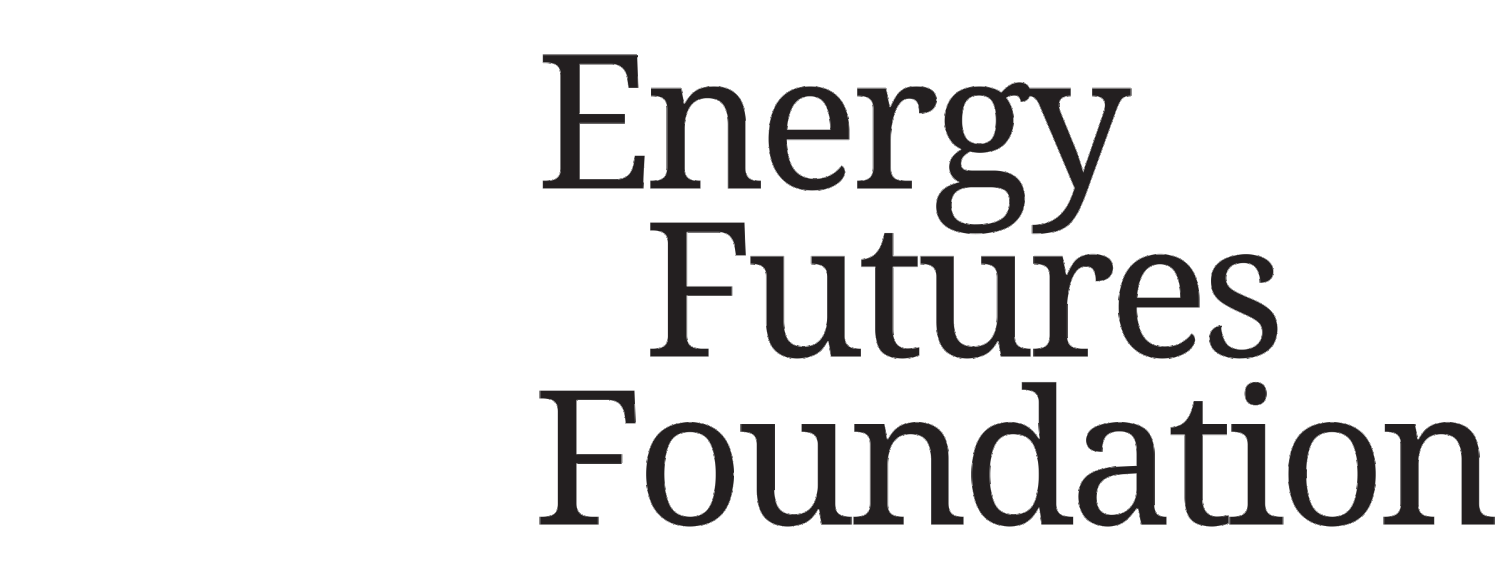IMO blinks on global shipping climate deal — Australia must keep its eye on the prize
FOR IMMEDIATE RELEASE
Date: 20 October
Contact: Jim Middleton | +61 418 627 066
The Energy Futures Foundation today expressed disappointment that Trump administration tariff threats blocked the International Maritime Organization (IMO) from adopting its Net‑Zero Framework for shipping, and urged the Australian Government to press ahead with a clean freight strategy with regional partners, starting with the release of the Maritime Emissions Reduction National Action Plan (MERNAP).
Executive Director Bruce Hardy said while the delay of the IMO deal was disappointing, it reinforces why Australia must now step forward to shape regional standards and protect its national economic interests:
“The world’s shipping regulator has blinked when the sector needed certainty. Australia should not. We can protect our exporters, cut emissions and build a future‑made‑in‑Australia fuels industry — if we get on with the job now.”
Shipping underpins our economy: it carries more than 99% of Australia’s international trade. Our ports move 1.6 billion tonnes of cargo and receive about 29,000 international ship visits each year.1 Ports facilitate 694,000 jobs (1 in 20 for Australia), and handle around $650 billion of trade annually.2 These are the jobs and export earnings at stake when policy signals falter.
Shipping is also one of Australia’s biggest near‑term markets for low and zero emissions fuels. Australia’s announced hydrogen project pipeline exceeds A$225 billion3 and the government has launched a ten year and A$1.1 billion Cleaner Fuels Program to kick‑start local low‑carbon liquid fuels (renewable diesel, SAF and e‑fuels). Securing shipping offtake is a critical step to how we de‑risk these investments and build sovereign capability.
In April 2025, IMO member states approved the architecture of a global fuel‑greenhouse gas standard paired with a pricing/reward mechanism, the core of the Net‑Zero Framework. The final adoption, expected this month, has been postponed at least a year after US and gulf state lobbying. Australia must not be distracted from taking action with its regional partners to forge ahead.
“Australia supplies more than half of global iron‑ore exports 4 — much of it to Northeast Asia. The routes are ours to shape. If we set clear fuel standards, align measurement, reporting and verification (MRV) with our trading partners, and fast‑track green shipping corridors, investors will move.”
The Energy Futures Foundation calls on the Australian government to:
Release MERNAP and immediately make the incremental and no regrets investment in MRV. Establish a national MRV system that’s interoperable with the EU MRV/ETS and FuelEU Maritime to minimise compliance costs for exporters trading into those markets and to prepare for any future IMO market‑based measure.
Set strong fuel standards and safeguards. As part of the National Bioenergy Feedstock Strategy, adopt strict sustainability rules that screen out high‑deforestation feedstocks. Leading analyses show the significant risks in the current global biofuel market.5 Australia should codify equivalent protections to prevent carbon leakage and protect credible local producers.
Accelerate green corridors with Japan, Korea and Singapore. Build on the Australia–Singapore low‑emissions maritime initiative (A$30 m),6 the Korea–Australia corridor memorandum of understanding,7 and the WA–East Asia iron‑ore green corridor, which shows ammonia‑fuelled ships could sail from 2028.8 Lock in shared standards, bunkering readiness and financing models before COP31.
“Ports, fuel suppliers and ship operators are waiting for a signal. Let that signal come from Australia,” Hardy said.
About Energy Futures Foundation
Energy Futures Foundation is an independent and non‑partisan Australian organisation dedicated to solving the commercial and policy hurdles that unlock zero‑emissions transport and energy at scale.
Sources
Australian Maritime Safety Authority, “Operating Environment – Snapshot,” accessed 19 October 2025. (amsa.gov.au)
Ports Australia, “State of Trade,” media centre, 2024, accessed 19 October 2025. (portsaustralia.com.au)
Department of Climate Change, Energy, the Environment and Water (DCCEEW), National Hydrogen Strategy 2024, February 2025, executive summary. (DCCEEW)
Transport & Environment, "Crop30: Why Burning Food for Land-Hungry Biofuels Is Fueling the Climate Crisis," Transport & Environment, accessed October 19, 2025 (T&E).
Climate Energy Finance, Green Metal Statecraft: Forging Australia’s Green Iron Advantage, 15 November 2024. (Climate Energy Finance).
Australian Government & Singapore, “Australia–Singapore Low‑Emissions Maritime and Port Operations Initiative,” joint announcements, 2021–2025. (Industry Science Resources)
Republic of Korea & Australia, “Memorandum of Understanding on a Green Shipping Corridor,” June 2025. (MHDSupplyChain)
Global Maritime Forum / Energy Transitions Commission, “The West Australia–East Asia Iron‑Ore Green Corridor Is Within Reach,” and feasibility analysis (ammonia‑fuelled ships feasible by 2028; ~5% by 2030). (Global Maritime Forum)
